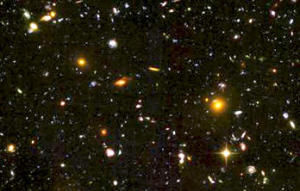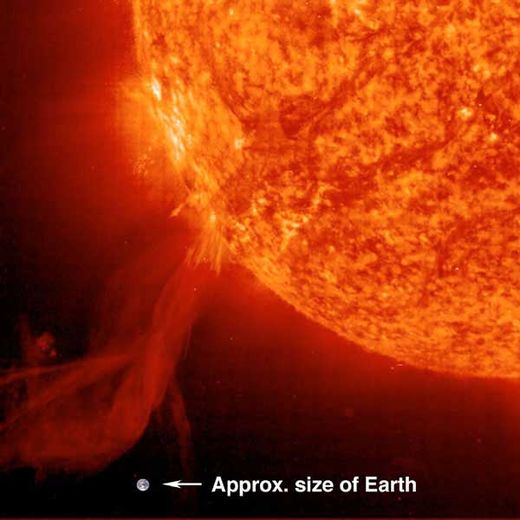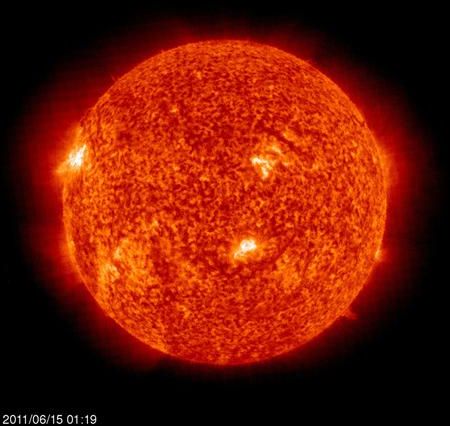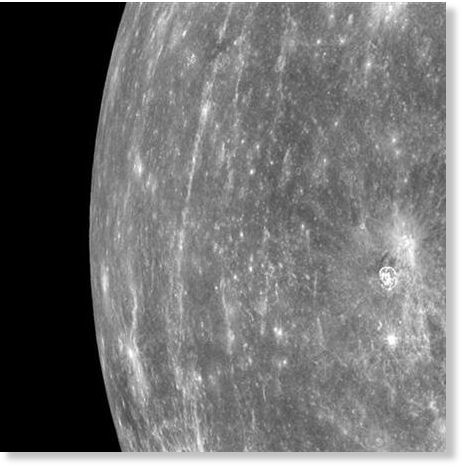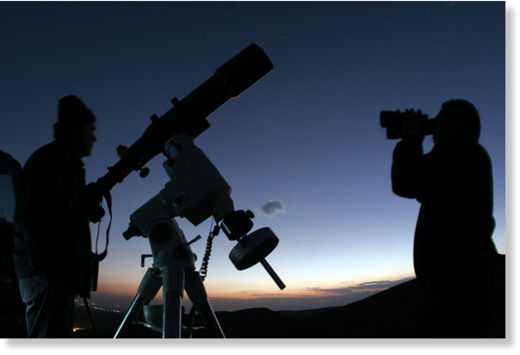
Optogenetics uses genetics and different optical methods to create and activate cells in living tissue with the use of light. Synthetic biology combines science and engineering to create new biological functions that are not found naturally.
Led by synthetic biologist Martin Fussenegger, the team used melanopsin which is a molecule that is found on neurons within the retina and is light sensitive. These molecules are responsible for keeping the biological clocks synchronized with day and night. When light hits these molecules, the melanopsin stimulates a molecular change that causes in influx of calcium ions and an electrical pulse.
